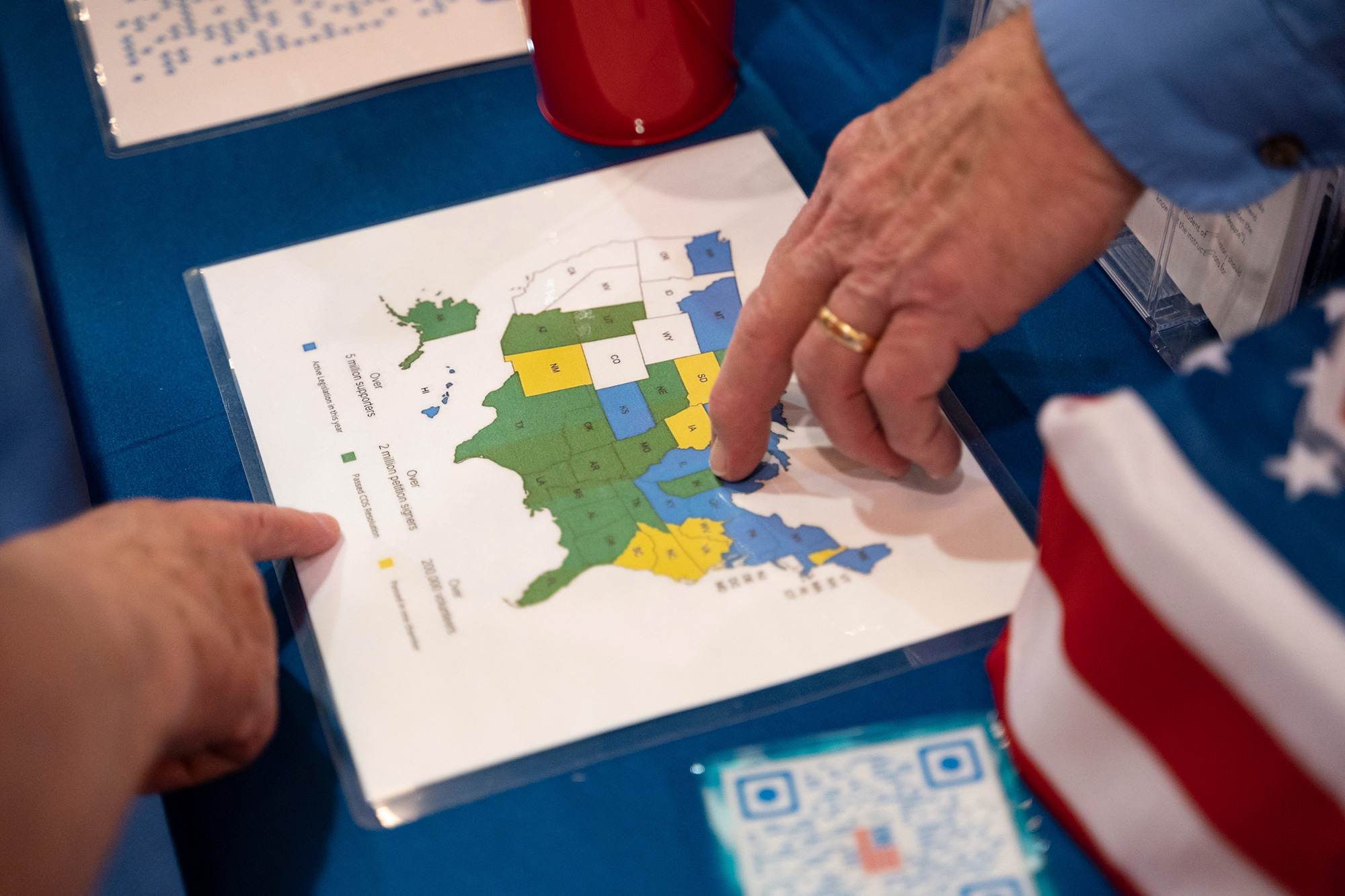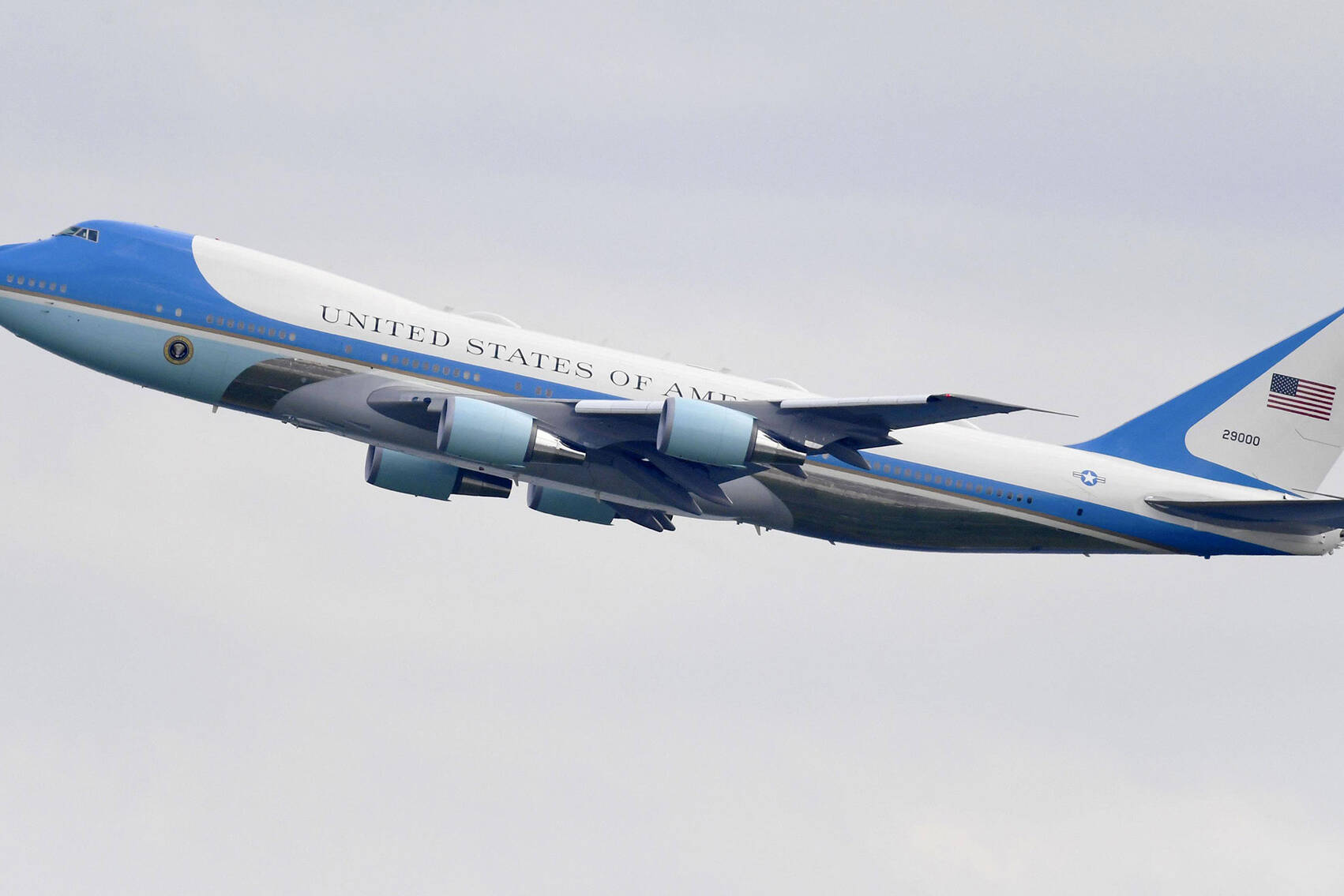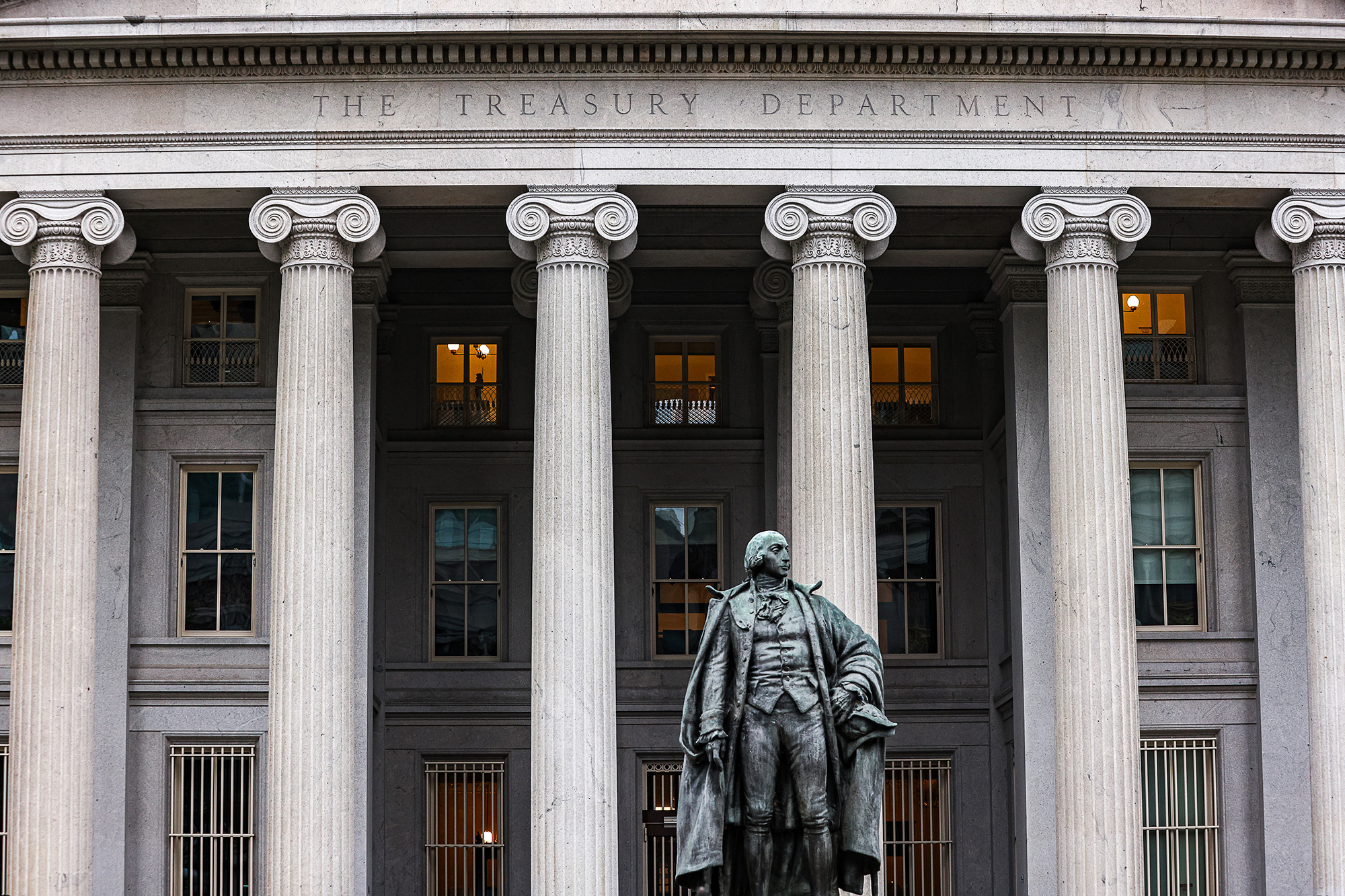What the U.S.–Japan Trade Deal means for tariffs, trade deficits, and manufacturing.
The U.S. and Japan just signed one of the biggest trade agreements of President Trump’s second term. It follows months of back-and-forth and eight rounds of formal negotiations.
Both countries came to the table under pressure: Japan had just held national elections, while the U.S. is staring down a new round of dramatic tariffs set to kick in August 1.
What’s in the Japan trade deal
- Japanese auto exports to the U.S. will face a 15% tariff. That’s lower than the 25% President Trump had threatened, but much higher than the 2.5% rate before he took office.
- Japan agreed to open up its domestic market more to American farm products like rice, beef, pork, and wheat.
- The U.S. is cutting some tariffs on Japanese machinery and industrial goods.
- Japan says it will invest up to $550 billion in the U.S., focused on areas like semiconductors and pharmaceuticals. President Trump says the U.S. will get 90% of the profits.
There’s also a plan for Japan to help export natural gas from Alaska.
Why it matters
The U.S. runs a $63 billion trade deficit with Japan. Car exports alone make up over a quarter of Japan’s shipments to the U.S., so these new tariffs impact a major part of their economy.
From President Trump’s perspective, this deal helps rebalance the trade relationship. Across the Pacific, Japan was likely more willing to make concessions after the ruling party lost its majority in Parliament.
What’s next
This deal could set the tone for U.S. negotiations with the European Union, South Korea, and others. Germany’s auto industry is already pushing leaders to get moving on a similar deal.
As for the economic impact, it’s mixed. Some U.S. auto execs say it’s unfair to give Japan better terms than North American producers. Others argue the 15% tariff is still high enough to push companies to relocate factories to the U.S. But parts like engines will still be imported, and Japanese automakers are warning of billions in lost profits.
The bottom line: The deal is real. The investment number is big. The structure is familiar – high initial threat, scaled-back final deal, declared victory. Whether it plays out the way President Trump promises is another question.
Related
Peyton Lofton
Peyton Lofton is Senior Policy Analyst at No Labels and has spent his career writing for the common sense majority. His work has appeared in the Washington Examiner, RealClearPolicy, and the South Florida Sun Sentinel. Peyton holds a degree in political science from Tulane University.




